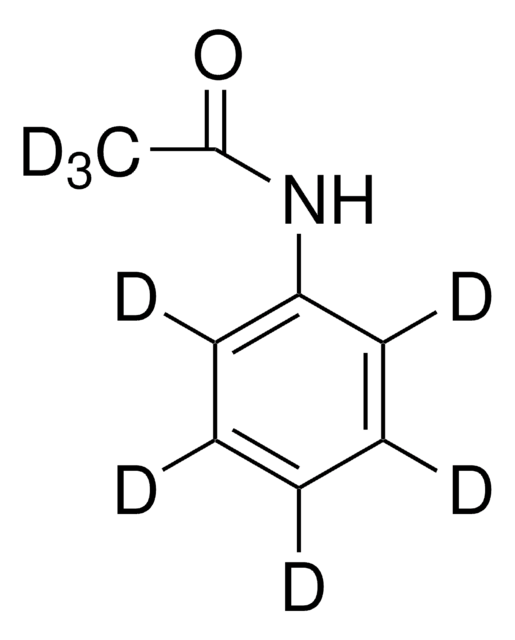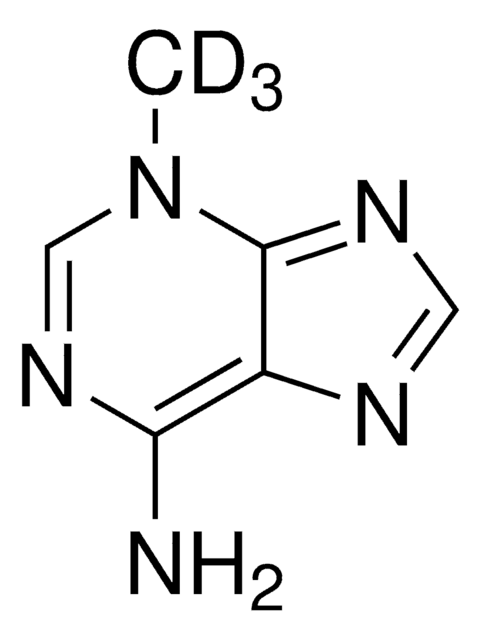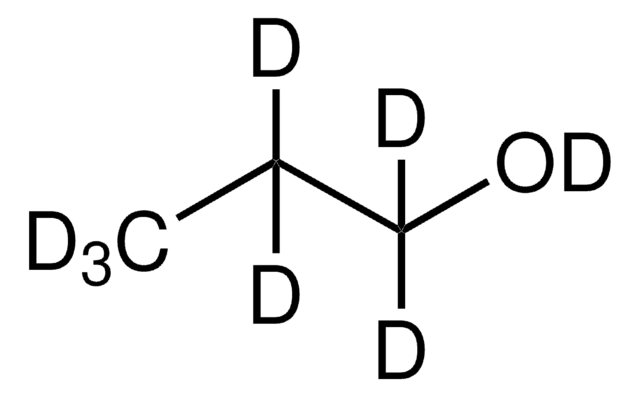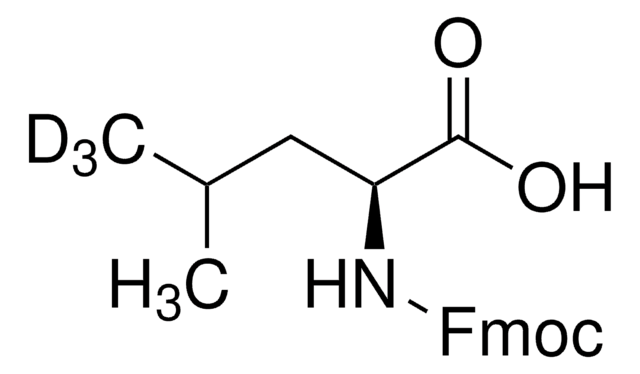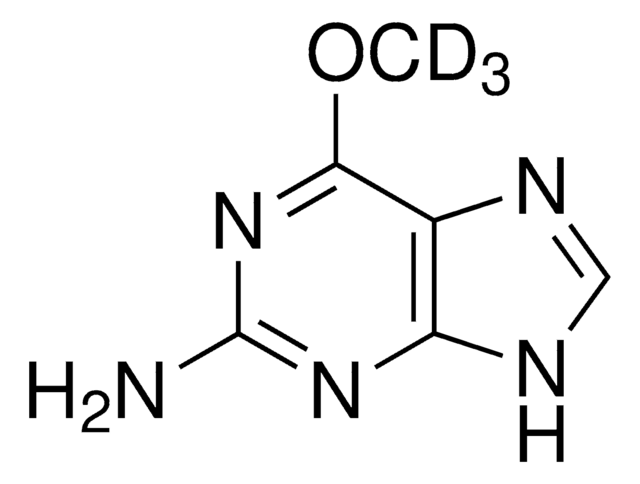736171
1,4-Dioxane solution
NMR reference standard, 40% in benzene-d6 (99.6 atom % D), NMR tube size 5 mm × 8 in.
About This Item
Prodotti consigliati
Grado
NMR reference standard
analytical standard
Livello qualitativo
Concentrazione
40% in benzene-d6 (99.6 atom % D)
tecniche
NMR: suitable
Misura tubo NMR
5 mm × 8 in.
Spessore parete tubo NMR
0.24 mm , ultra-thin wall
Formato
single component solution
Stringa SMILE
C1COCCO1
InChI
1S/C4H8O2/c1-2-6-4-3-5-1/h1-4H2
RYHBNJHYFVUHQT-UHFFFAOYSA-N
Cerchi prodotti simili? Visita Guida al confronto tra prodotti
Applicazioni
- Catalytic Oxidation of 1,4-Dioxane: Fe-ZSM-5 zeolite catalysts were investigated for the heterogeneous Fenton oxidation of 1,4-dioxane, evaluating the effects of Si/Al ratios and contributions of reactive oxygen species. This study highlights the use of 1,4-dioxane solutions in environmental remediation technologies, particularly in removing persistent organic pollutants from wastewater (Tian et al., 2024).
- Groundwater Remediation: Research focused on the cometabolism of chlorinated volatile organic compounds and 1,4-dioxane in groundwater, employing 1,4-dioxane as a model compound to study the biodegradation processes and interactions with microbial communities. This study is crucial for developing effective strategies for groundwater treatment and ensuring the safety of pharmaceutical water sources (Clark & Rhea, 2023).
- Structural Analysis of Hyaluronan: The study used a mixed solvent system including 1,4-dioxane for the structural analysis of hyaluronan oligosaccharides, forming double-helical duplexes. (Kolaříková et al., 2024).
Caratteristiche e vantaggi
Quantità
Avvertenze
Danger
Indicazioni di pericolo
Consigli di prudenza
Classi di pericolo
Aquatic Chronic 3 - Asp. Tox. 1 - Carc. 1A - Eye Irrit. 2 - Flam. Liq. 2 - Muta. 1B - Skin Irrit. 2 - STOT RE 1 - STOT SE 3
Organi bersaglio
Blood, Respiratory system
Rischi supp
Codice della classe di stoccaggio
3 - Flammable liquids
Classe di pericolosità dell'acqua (WGK)
WGK 3
Punto d’infiammabilità (°F)
53.6 °F - closed cup
Punto d’infiammabilità (°C)
12 °C - closed cup
Scegli una delle versioni più recenti:
Possiedi già questo prodotto?
I documenti relativi ai prodotti acquistati recentemente sono disponibili nell’Archivio dei documenti.
Articoli
Sigma-Aldrich.com provides an informational article regarding the use of stable, labeled isotopes as NMR reference standards.
Il team dei nostri ricercatori vanta grande esperienza in tutte le aree della ricerca quali Life Science, scienza dei materiali, sintesi chimica, cromatografia, discipline analitiche, ecc..
Contatta l'Assistenza Tecnica.
